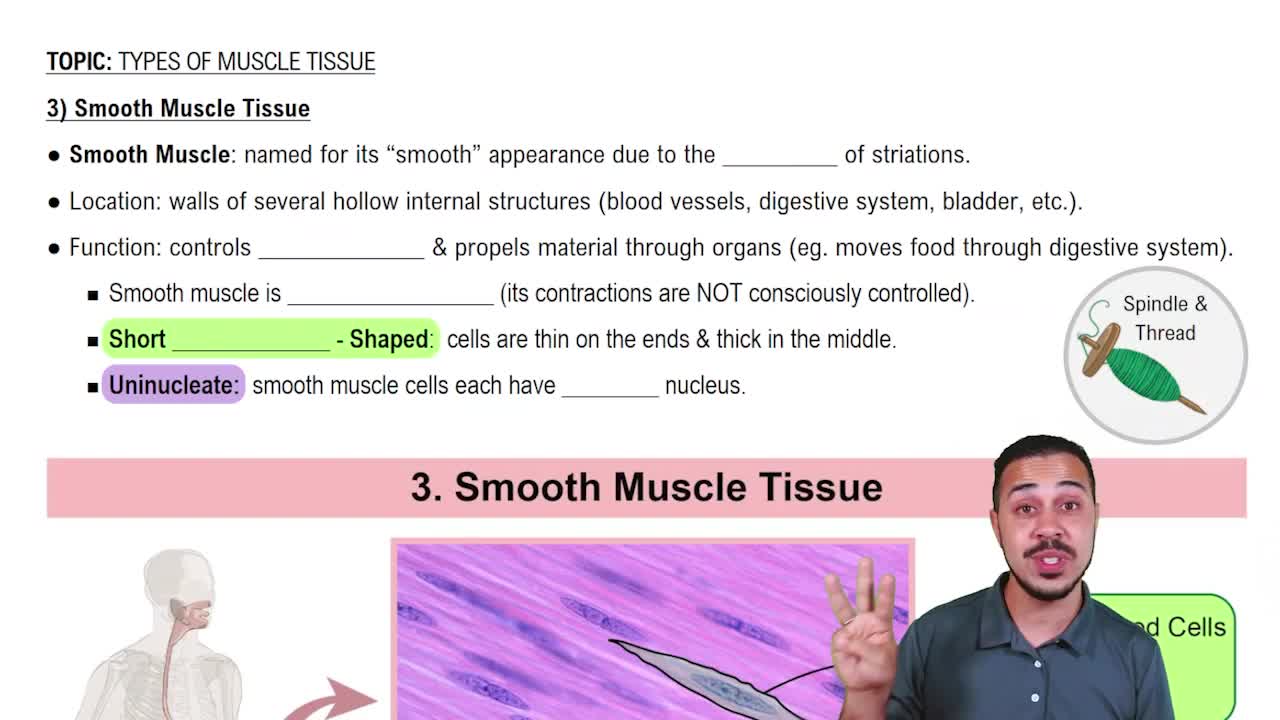Which of the following factors is/are responsible for muscular fatigue? (Circle all that apply.)
a. Accumulation of chemicals, including calcium and phosphate ions & increased blood flow to the muscle
b. Decreased availability of oxygen
c. Psychological and environmental factors
d. Depletion of key metabolic fuels, such as creatine phosphate




